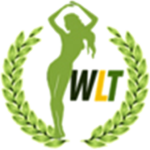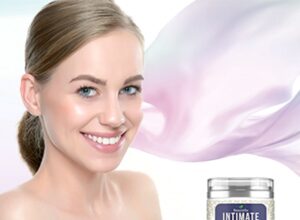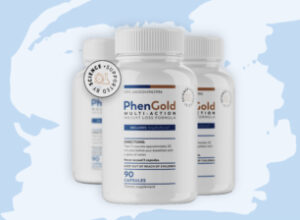The Feingold Diet is one of the first diets formulated to help children with ADHD overcome chronic hyperactivity, impulsivity, and inattention. By removing all foods and non-food items that contain artificial and chemical food additives, parents report that their children have been calmer and more well-behaved, and have had better school performance.
If your child is on the Feingold Diet, make sure that you inspect the ingredients label of every single item you put in the grocery cart, including non-food items like toothpaste. Listed below are synthetic components found in many commercial products. Do not buy a food or cosmetic if it contains any of the following:
Artificial Coloring
It’s easy to see how candies, pastries, and commercially prepared juice drinks contain artificial coloring, but there are many less-obvious foods with artificial food color, like processed foods, flavored milk (strawberry milk doesn’t actually contain strawberries), and toothpaste. Artificial food coloring is labeled with a color and a number (e.g., Blue 1, Yellow 5). Some labels may have FD&C or D&C appended to them (e.g., D&C Red 40). FD&C stands for “Food, Drug, and Cosmetic,” whereas D&C stands for “Drug and Cosmetic.” The FD&C label means the coloring is safe for use on food, drugs, and cosmetics. The D&C label means that the coloring is safe for use on cosmetics and medicine, but not for food. While artificial coloring may not cause toxic effects the way lead does, they do trigger behavioral problems in many children.
Be on the lookout for natural food colorings like saffron, paprika, caramel color, beet powder, and annatto extract. These components are safe for consumption.
Artificial flavoring
A whole host of processed foods contain artificial flavoring made up of synthetic compounds. Below are some chemical compounds commonly used in candies and powdered fruit juices, and the flavors they are supposed to imitate.
Allyl hexanoate (Pineapple)
Benzaldehyde (Almond)
Cinnamic aldehyde (Cinnamon)
Diacetyl (Butter)
Ethyl vanillin (Vanilla)
Ethyl maltol (Cotton candy)
Ethyl propionate (Fruit)
Isoamyl acetate (Banana)
Limonene (Orange)
Methyl anthranilate (Grape)
Artificial preservatives
Besides BHA, BHT, and TBHQ, below are the most widely used artificial preservatives in commercially prepared foods.
Parabens – like most artificial additives, this compound is based on petroleum. It is usually found in jam, cheese, beverages, margarine, and pickled goods.
Sulphites – Sulphite preservatives (including potassium sulphite, sodium sulphite, and calcium sulphite) are typically found in canned soups, fruit juices, dehydrated vegetables, biscuits, instant coffee, dried fruit, and French fries.
Nitrates and nitrites – These compounds are found to be potentially carcinogenic and are used on red meat, fish produce, cured meet, and cheeses to prevent bacteria from setting in
Propionates – These prevent molds from forming on baked goods and bread
If you think the Feingold Diet may help your child overcome ADHD, visit Feingold.org for more information. Besides studies and helpful articles, the website offers a community you can join to help your family get used to the Feingold program. You may also ask a nutritionist to help you come up with a diet plan.



